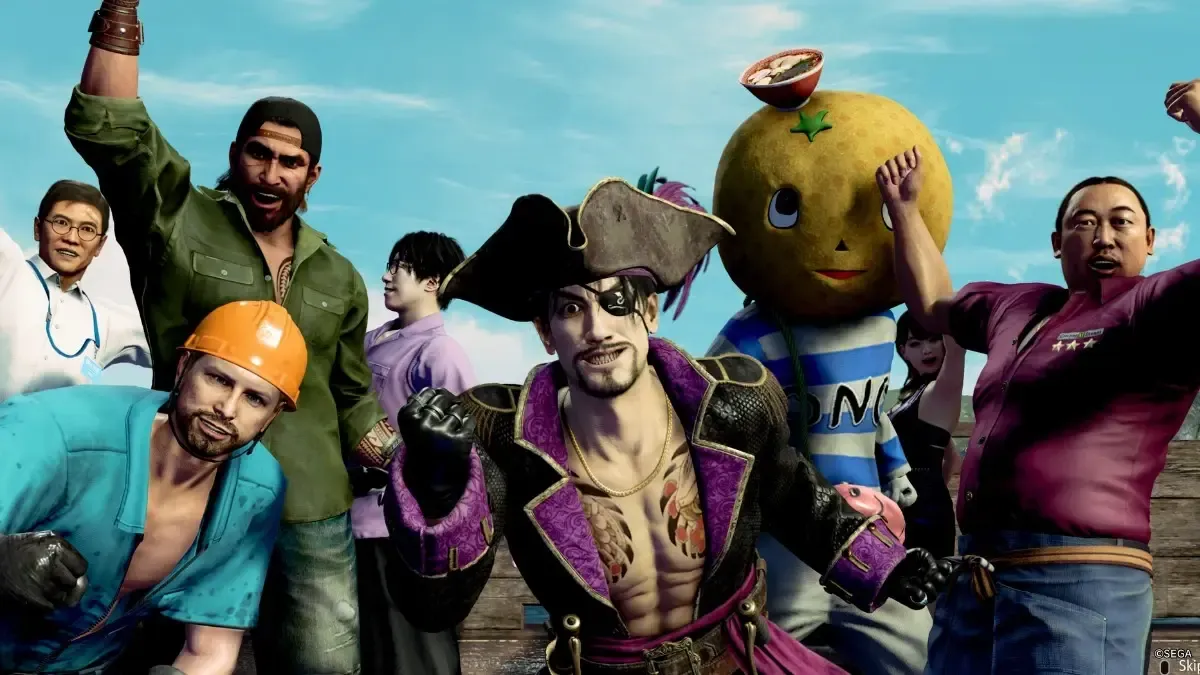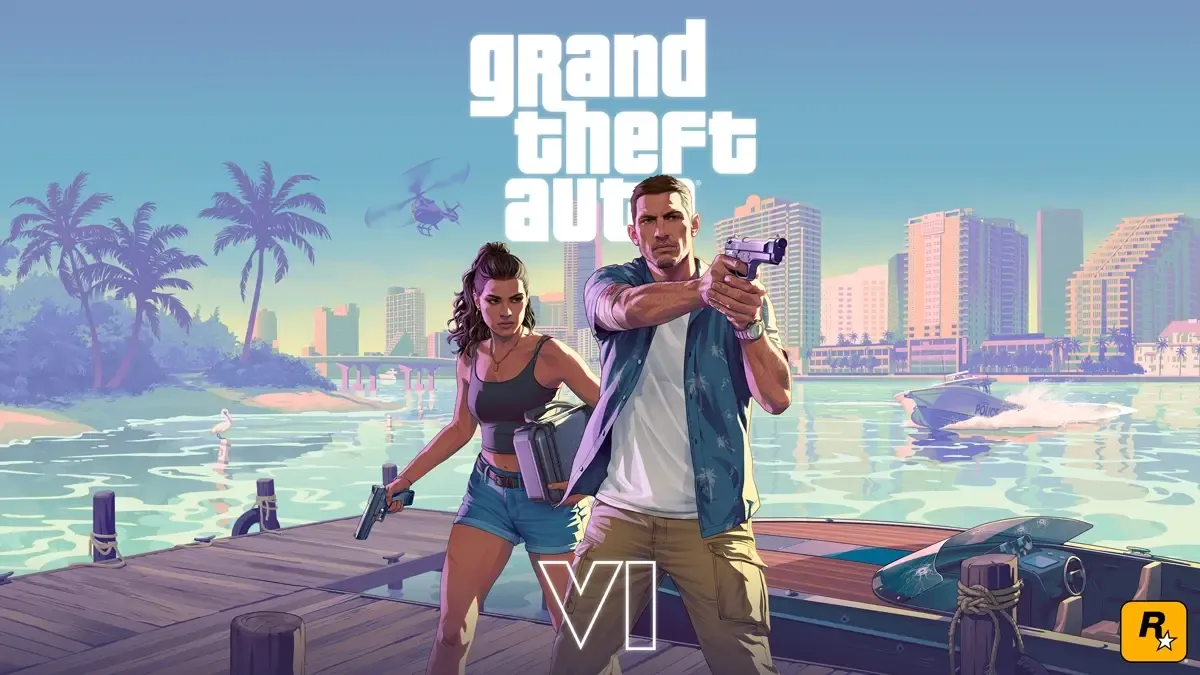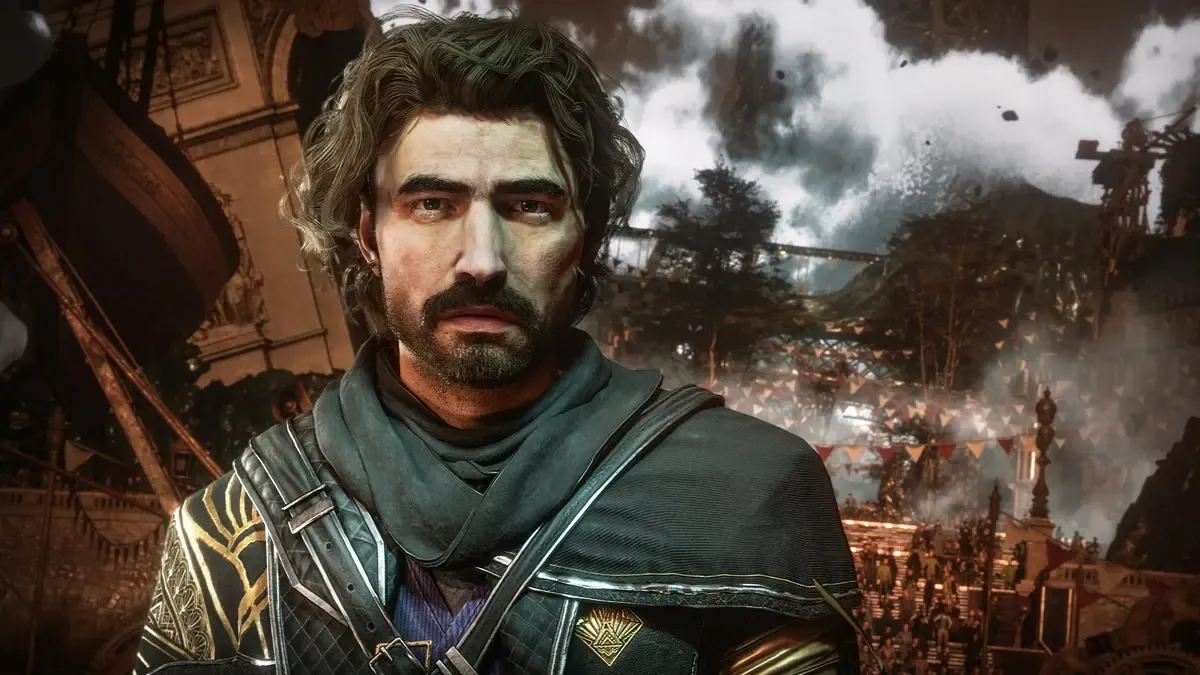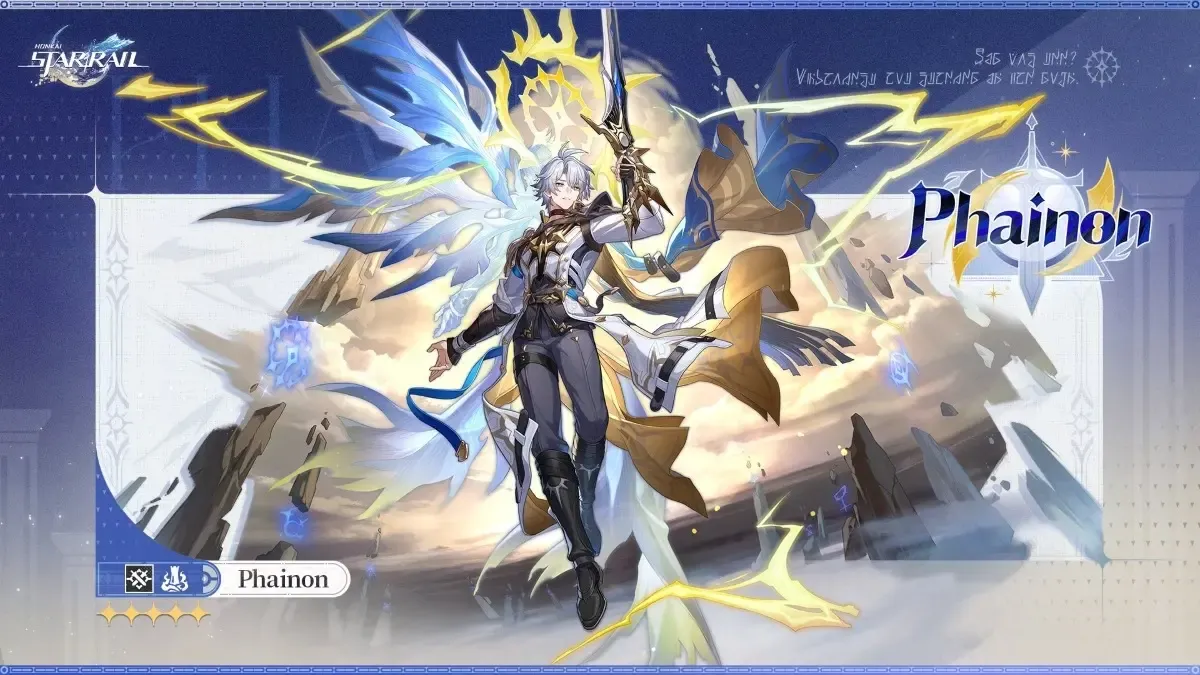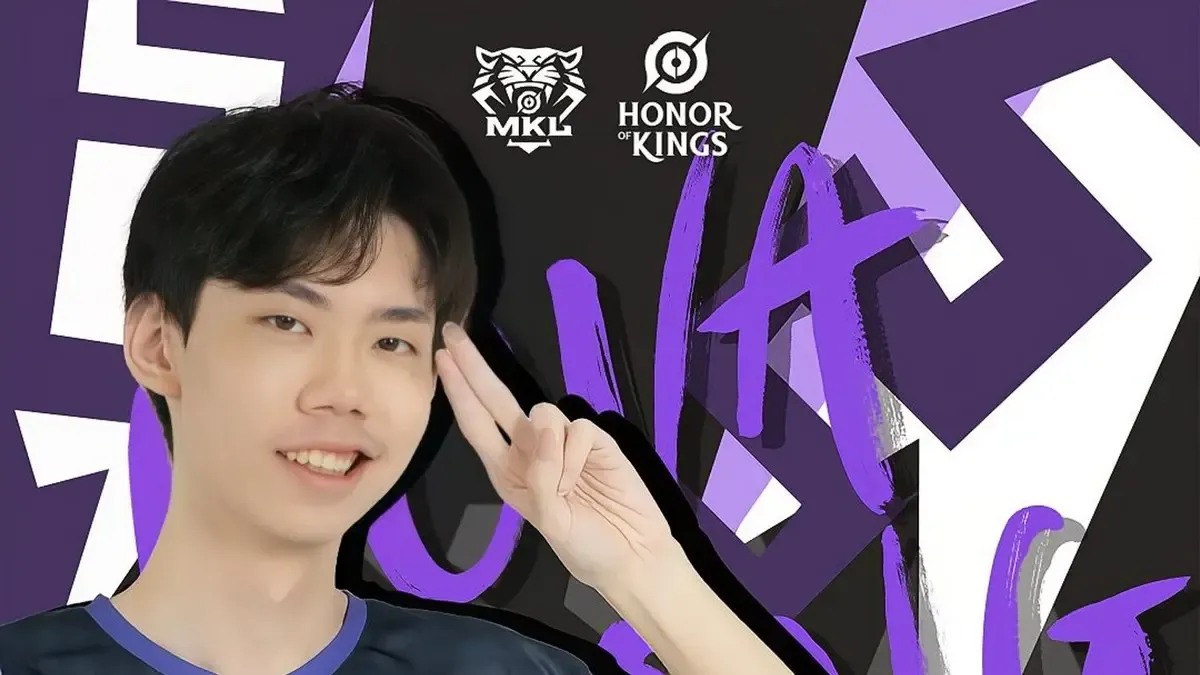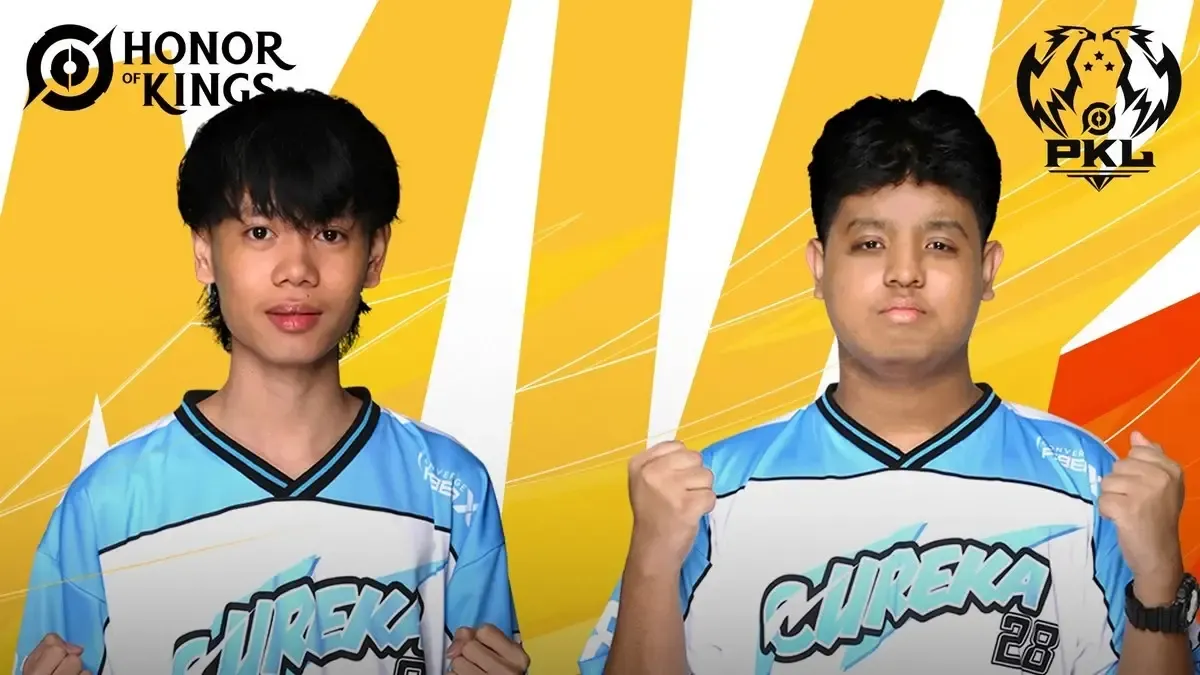The pirate's life fits Majima for sure.
I’m not sure where Ryu Ga Gotoku Studio got the idea for Like a Dragon: Pirate Yakuza in Hawaii, but one thing’s for sure—a pirate’s life suits Goro Majima surprisingly well. This fresh yet familiar take on the Yakuza series' tenth instalment throws Majima into uncharted waters, both literally and figuratively.
The story
Now in his sixties, ex-Yakuza Goro Majima washes up on a remote island near Hawaii with no memory of who he is. He’s taken in by a young boy named Noah Rich and his baby tiger, Goro (whom he insists is just a cat). Before long, Majima gets tangled up with pirates and ends up as the captain of his own ship. Now recruiting crew members, upgrading his vessel, hunting treasure, and not to mention navigating a power struggle between Palekanan warriors, other pirates, the Yakuza, and various criminal factions, he’s drawn into a mystery surrounding a legendary treasure known as Esperanza—something that might even help cure Noah’s illness.
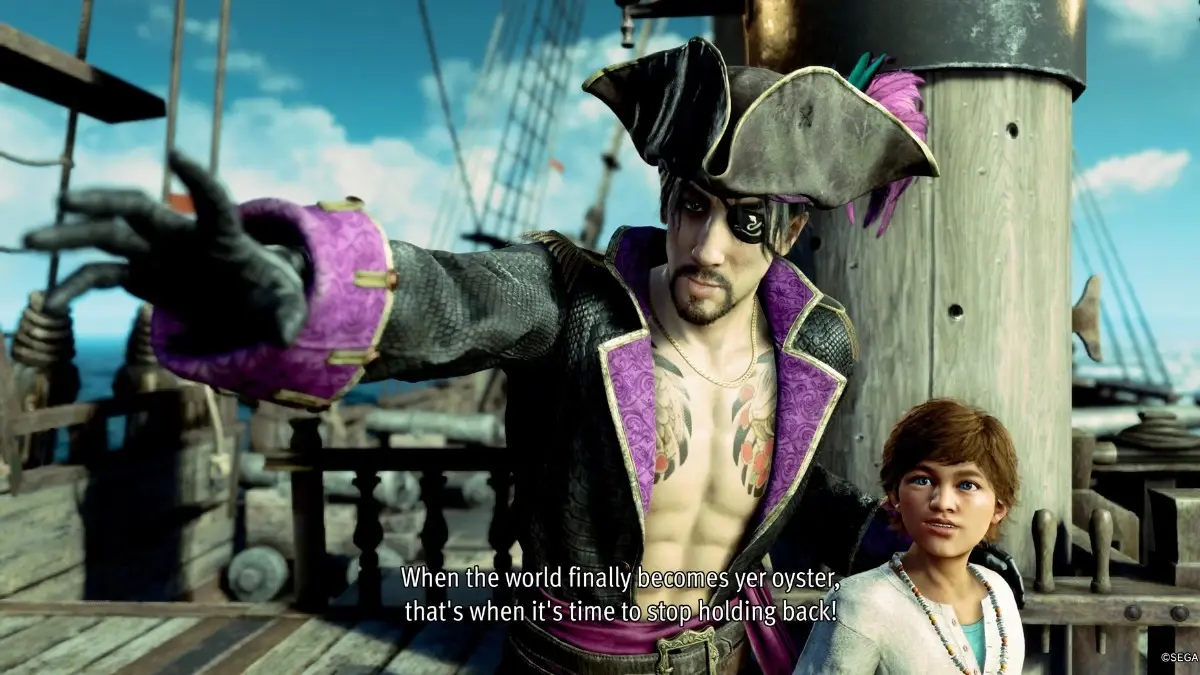
Majima might have lost his past, but deep down, he’s still the same wild and unpredictable Mad Dog. He hasn’t forgotten his moves, and his over-the-top expressions—especially the crazed “Hihi!” he shouts when taunting enemies—are as ridiculous as ever. Then there’s Noah. Despite all the chaos, the story stays surprisingly light-hearted, mostly thanks to the 10-year-old’s presence. Children aren’t central in many Yakuza games, and although plenty are important enough to shape main characters like Kiryu, none have played a role as central as Noah.
He’s practically Majima’s sidekick. His excitement about finally seeing the world after being cooped up for so long is infectious, and his conversations with Majima make this adventure feel more like a kid's field trip than anything else. His antics, from cringy poses to cheesy one-liners, bring extra goofiness to an already wild ride. What’s a Yakuza game without some absurdity?

Majima’s ragtag crew is just as colourful. Masaru and Jason, one a former pirate returning to the sea life with his son, and the other a recruit from an enemy ship, join him on this adventure. The rest of the crew is just as varied—you might end up with a fully dressed pirate fighting alongside a nerd in a suit, or even a battle-ready mascot. There’s even an opportunity to recruit a former streamer who went to the sea to follow in his father’s treasure-hunting footsteps. How random is that?
This instalment of the Yakuza franchise leans toward light-hearted, absurd and fun capers, entangled with bigger and more mysterious circumstances.
Combat
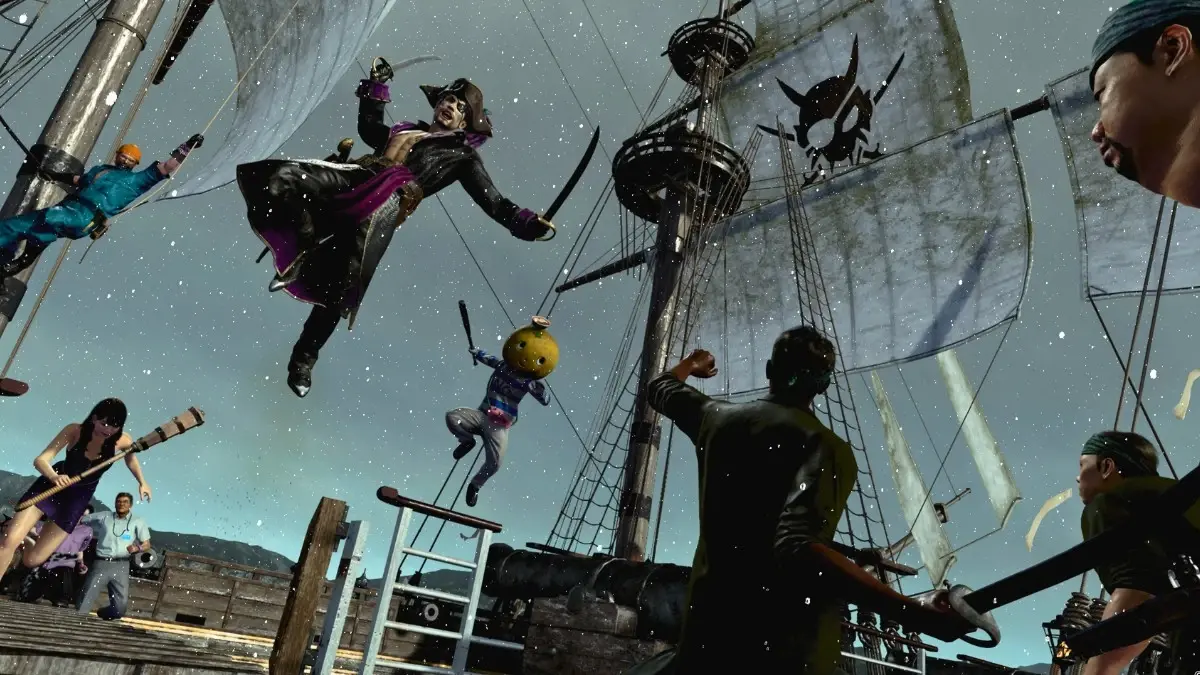
Yakuza: Like a Dragon and Like a Dragon: Infinite Wealth embraced turn-based combat, but returning to classic real-time brawling is a great choice for this instalment. It suits the setting and lets Majima’s chaotic energy shine. Some of his signature moves remain, but there’s plenty more to discover and laugh about, now that he’s surrounded by a different crew.
Majima has two combat styles: Mad Dog and Sea Dog. Mad Dog retains his speed and agility, allowing for fast and powerful strikes, including moves reminiscent of his younger years. He can even clone himself to relentlessly pummel enemies, though, with all the other antics he can pull off, this move feels more like a gimmick than a necessity. He can still pick up and use items in combat, but it often feels like an afterthought.
Sea Dog, on the other hand, fully embraces the pirate theme. Decked out in a captain’s outfit—complete with a hat—Majima wields dual swords and pulls off flashy pirate-inspired tricks. His grappling hook lets him reel in fleeing enemies or interrupt their combos, adding some creative flair to his arsenal.
Yo-ho, it’s a pirate’s life
And what’s a pirate’s life without a ship, some sails, and the open sea? Pirate Yakuza in Hawaii delivers just that with the Goromaru, Majima’s ship, where you’ll need to set sail, brave rough waters, and take on enemy pirate ships. At first, I wasn’t a huge fan of this part of the game, especially since it takes some time to unlock lighthouses (which act as teleport points). The waves can be brutal, and bad weather makes sailing even rougher, often dragging out the pace of its gameplay unnecessarily. However, there are small windows throughout the map that boost your sailing across the waters, speeding things up.
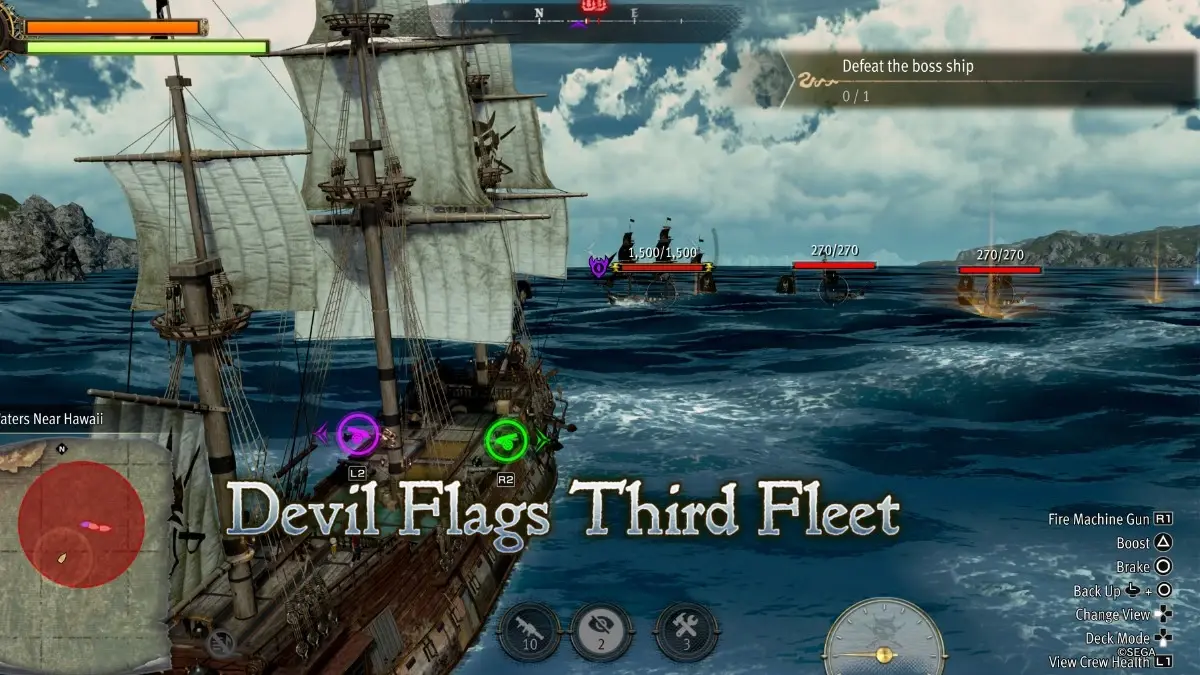
Naval battles can be frustrating, particularly when dodging lightning while trying to avoid unnecessary fights. Regular ships aren’t too difficult to take down—boss ships are a different story—but sometimes the slow, clunky movement makes manoeuvring more of a hassle than a challenge. Still, once you get the hang of it, ship combat and navigating treacherous waters become enjoyable (just steer clear of those whirlpools). There’s also something satisfying about spotting whales or dolphins when the sea is calm, adding to the immersion.
For me, the treasure-hunting aspect is where the real fun lies. Discovering new islands always feels rewarding, leading to dungeon runs where you must defeat all enemies before claiming the loot. Some treasures are even classified as dark relics—rumoured to be cursed, they can obliterate enemies in brutal fashion when used.
Back in Honolulu
Early on, I was a little worried that this would feel more Yakuza-inspired than an actual Yakuza game, especially since much of the early game takes place in Madlantis—a lawless floating slum filled with gamblers, pirates, prostitutes, and criminals. This is where the Coliseum battles take place, which once again involves two pirate ships going against each other. Other minigames such as UFO Catcher, Poker, and Blackjack, along with sports activities like golf, darts, and batting cages are found here.

There’s also a surprisingly in-depth cooking system. Majima can gather ingredients and cook meals through interactive minigames—chopping, skimming the scum, and even maintaining a fire’s stability by blowing on it. Once Majima and his crew reach Honolulu, though, things start feeling more familiar. Classic minigames like Crazy Delivery, Shoji, Koi-Koi, and more return. There’s even a pet adoption feature, where animals you take in at “Goro’s Kingdom” reward you with useful items. Karaoke, naturally, is available too—either at bars or on the ship once you’ve upgraded it enough.
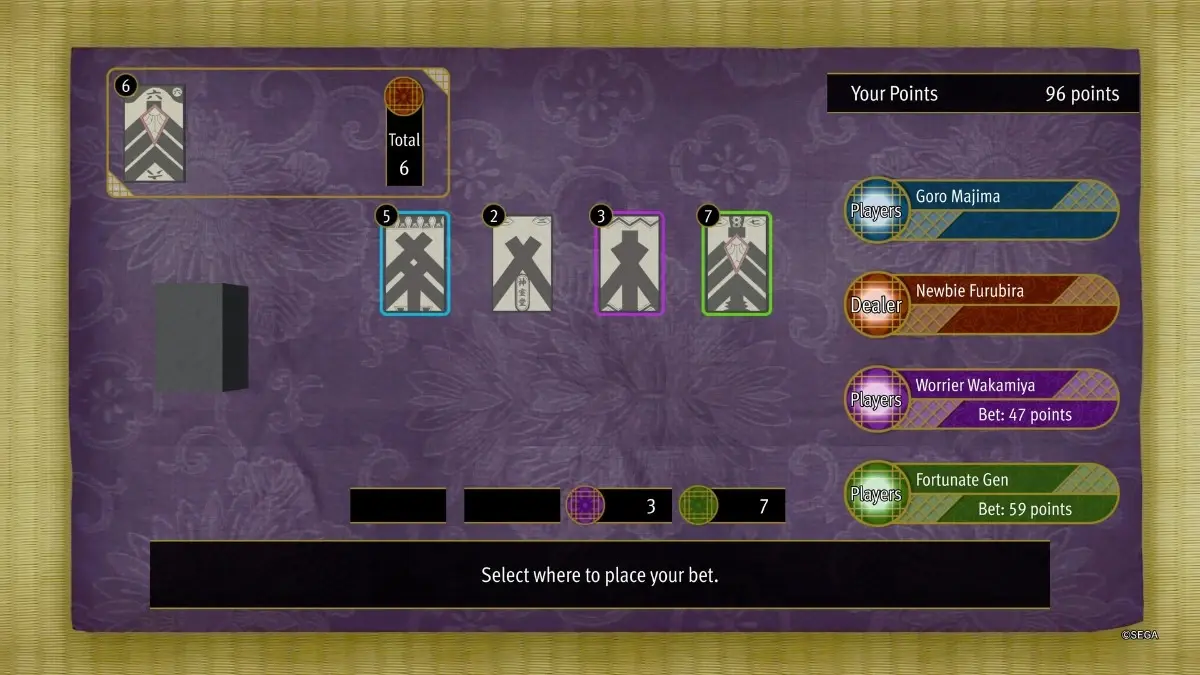
With so much to do, you’ll soon be bouncing between Rich Island, Nele Island, Madlantis, and Honolulu, fully absorbed in the world and Majima’s story. Plus, with smooth performance on PS5, sailing, exploration, combat, and minigames all feel great to play.
Verdict
Like a Dragon: Pirate Yakuza takes the series in a bold and lighthearted direction, leaning more into adventure and mystery than deep and emotional storytelling. While the pirate setting makes for a fun and refreshing change, it doesn’t carry the same dramatic weight that Yakuza fans might expect. Instead, it’s a wilder, more unpredictable journey—one filled with surprises, but also a few frustrating moments, especially with ship combat and traversal. It’s an enjoyable ride, but whether it fully satisfies the player depends on how much they’re willing to embrace its swashbuckling spin on the Yakuza formula.
Like a Dragon: Pirate Yakuza in Hawaii is available on PlayStation 5, PlayStation 4, Xbox One, Xbox Series X and Series S, and PC.

